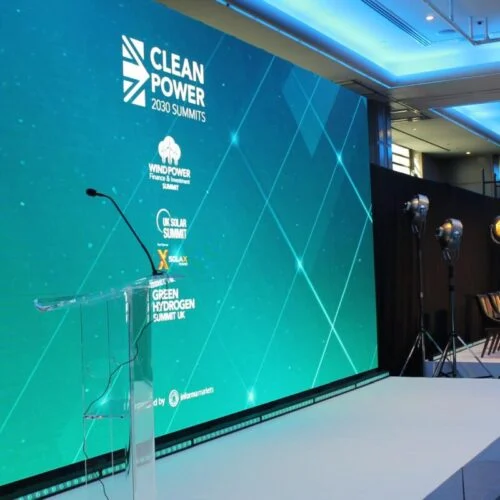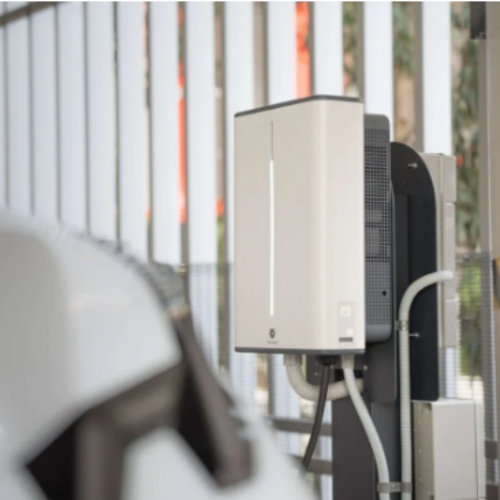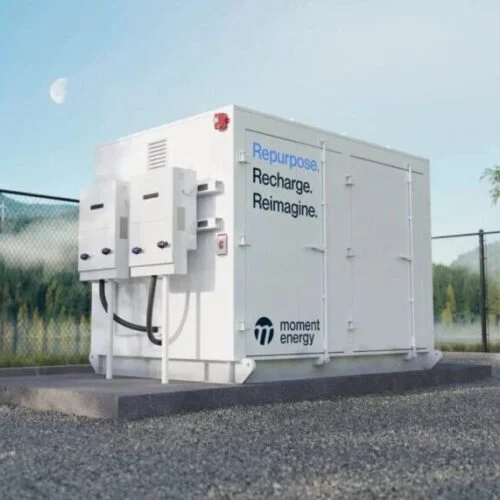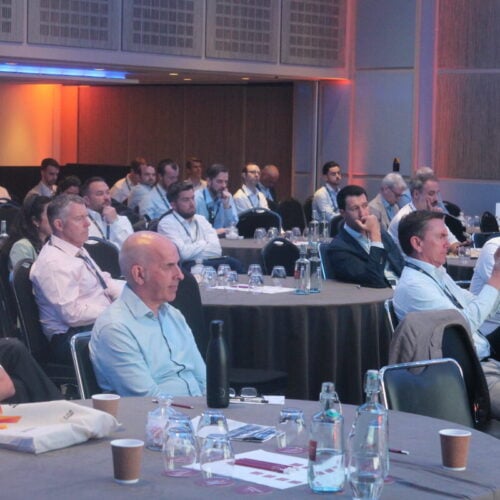In 2024, 90% of new passenger car sales in Norway last year were fully electric vehicles and the country is on track to reach 100% this year.
How the nation went about the EV transition could serve as a roadmap for the UK’s own transition as the government aims to phase out new petrol and diesel vehicles completely by 2035.
Speaking to Current±, Sam Rawson, enterprise director at EV charging platform Monta, explained that Norwegian policymakers have driven a consistent message by incentivising EVs and disincentivising ICE vehicles. Rawson says we are doing a similar thing in the UK “but we are a few steps behind”.
“I don’t think we should benchmark ourselves against a country that is two steps ahead. We are definitely on track. We just need to remain consistent in what we’re doing as an industry as a whole; we are still fighting off fear, uncertainty and doubt.”
Rawson explains: “While the UK has made significant progress with over 73,000 public chargers, the stark difference in per capita availability compared to Norway, 447 chargers per 100,000 people versus just 89 in the UK, is a reminder of the road still ahead.”
Perhaps there is a messaging issue: while figures show rapid expansion in the UK’s EV charging provision, consumer uptake is hindered by range anxiety and the idea that there simply aren’t enough charging points to support regular travel by EV. This is something the industry is at pains to prove untrue.
This is not helped by scare stories about inactive and out of service chargepoints; to assuage this, the government is in the process of implementing a suite of reliability regulations for EV chargepoint operators (CPOs). The first of these came into action in 2024: CPOs must display cost in pence per kilowatt on their chargers, and ensure their charge points are available 99% of the time.
A CPO will be subject to penalties if reliability is not at 99% over a year, but not be penalised if reliability is below 99% for a given month if it is made up over the 12-month period.
Rawson said that, while UK charging provision needs to accelerate and the chargepoint regulation has been “a pain point”, it is “setting the foundations for a much better EV adoption in the future”.
Getting more chargepoints out at the cost of quality and maintenance will ultimately have a wider negative effect for dirvers, who need confidence instilled that when they are in public they will get the charge that they need.
Funding models and the need for collaboration
Under the regulations, CPOs have to provide 24/7 support for their chargers. Rawson conceded that this will come with an increased financial burden and funding models will need to be developed in order to support charging provision rolling out across the UK.
Whether through grants, incentives or private equity, Rawson says it is important that raising finance remains a consistent goal, “we still need to continue building the infrastructure that we require”.
To that end, the government recently announced its National Wealth Fund (NWF) will invest £65 million in EV charging platform Connected Kerb, made up of see a £55 million ordinary equity investment from the NWF, alongside a further £10 million ordinary equity investment from Aviva Investors, the global asset management business of Aviva plc., which in 2021 committed £110 million to back plans to deliver 190,000 on-street EV chargers by 2030.
Collaboration across the EV sector is also a key component. There’s still a lot that needs to be continued “to make this work”, Rawson explains, “not just from CPOs but from regulatory bodies, from hardware manufacturers”.
Although the chargepoint regulations represent a potential pain point, Rawson says industry collaboration will help CPOs through.
“Private-public partnerships and coordinated efforts will be the key to creating a charging network that serves the needs of millions of future EV drivers in the UK.”
Communication and policy
Another “crucial takeaway” from Norway’s success, according to Rawson, is the importance of government-led support for electrification.
“For over three decades, Norwegian policymakers have embraced a consistent message, driving incentives and support to make EVs a practical and cost-effective choice for consumers. These incentives, from tax breaks to reduced toll fees, have made EV ownership not just an ecoconscious decision but also a financially savvy one.”
This is in stark contrast with the UK government’s yo-yo-ing on the legal phase-out of internal combustion engine (ICE) vehicles.
Since Current± spoke with Rawson, Christina Bu, secretary general of the Norwegian EV Association, spoke out on the UK’s zero emission vehicle (ZEV) mandate, which has already been pushed back five years and is currently undergoing another round of consultation. Bu said the inclusion of plug-in hybrid EVs (PHEVs) and hybrid EVs (HEVs) that is rumoured to be included in the 2030-2035 ‘phaseout’ period of the mandate is confusing consumers and slowing the EV transition.
Adverts that call HEVs “self-charging” are banned in Norway as ‘lies’.
Bu commented: “British politicians should not even consider the need for hybrids in the mix, especially those without a plug. Nothing more than an ICE car with a different name.
“In Norway policies have always been focused on fully electric cars. We can’t meddle around with polluting hybrids any longer, the need to reduce climate emissions is too urgent, as is the need to stop confusing the consumer.”
Ultimately, “we just need to keep that balance of incentivising users to keep making that switch to EVs and remain consistent”, Rawson says.
“As an industry, we’re still fighting a lot of this backlash against electric vehicles and we just need to keep calm and carry on charging.”





